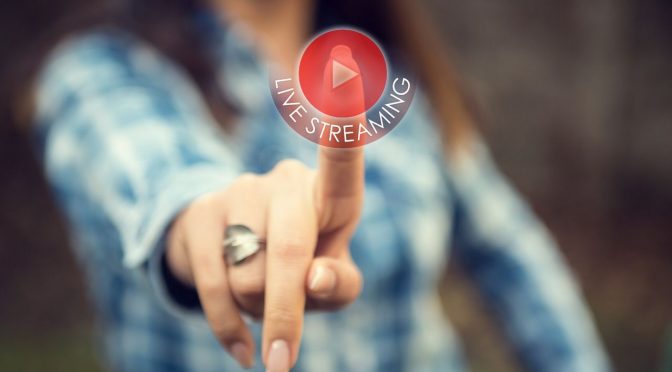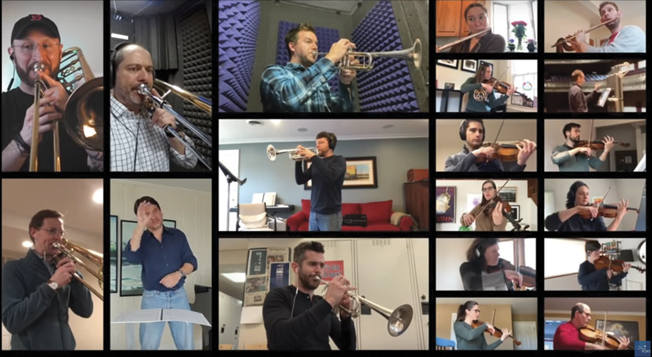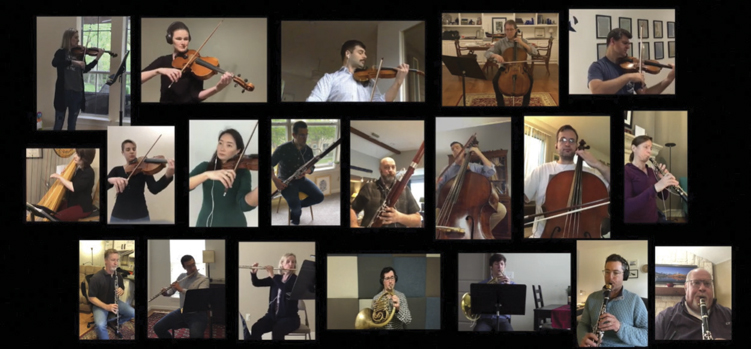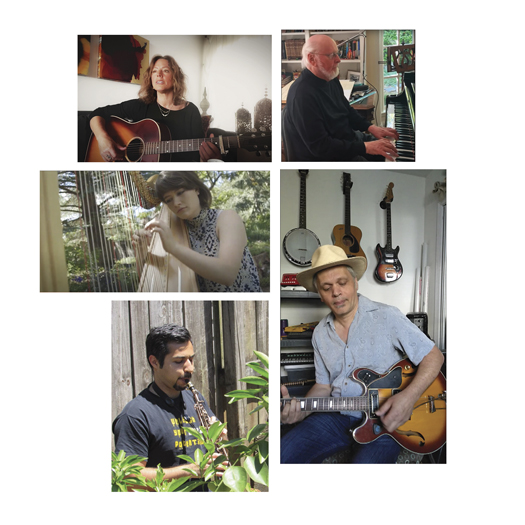The COVID-19 pandemic has brought unprecedented challenges to the Music Performance Trust Fund (MPTF). While traditional live music performances have come to a standstill, we are actively involved in exploring how our grants can once again enrich communities and provide supplemental income for professional musicians. We are going to begin reviewing grant proposals for an extremely limited number of traditional live performances. At the same time, we are going to slowly ramp up a livestream event grant program, primarily through the MPTF Facebook page. We encourage you to ‘like’ our page, so that you are aware of these livestreamed performances.
We are monitoring how government and healthcare professionals provide guidance to allow public gatherings. This is complicated by the myriad approaches implemented by various local, state, and federal governments. It is further impeded by the changing geography of the virus itself, as hotspots flair in new regions. We anticipate a challenging process ahead in finding a predictable path to providing our funds for live public performances.
We have begun to explore how we can provide grants for livestreaming performances. However, there is still the issue of gathering musicians and considering their health and safety. In addition, there are other complications, including having these live performances blocked if copyrighted songs are pre-recorded, recorded, or archived in any way.
I am hopeful that by the time you are reading this column, we will have quietly supported some initial test streaming performances. The tests are to see how we can manage the production coordination necessary for a quality presentation. It is also to get an understanding of the rules and procedures we will need to implement to make it an efficient and easily replicable process. We are evaluating the legal liability issues and how we can administer livestreams not produced on our own platform.
Our tests are planned to include solo and duo performances, since we cannot aggregate larger groups of musicians at this point. However, as we begin our attempt to ramp up a meaningful initiative, we anticipate that solutions and expansion will evolve. We will be developing a streaming schedule since we will only be able to stream one event at a specific time. We ask for your patience as we work to continue making our grants available as equitably and widely as possible.
We have a production coordinator on retainer to work with the person handling the livestream tech for the local union. A new assistant grant manager, Natilyn Hepburn-Beaty, is now on staff to assist Vidrey Blackburn and Samantha Ramos. Natty will also serve as our social media manager and manage the livestreaming performance schedule, as well as monitor viewer statistics and work with the locals to create audience awareness.
Yes, we are still very early in this process. This is going to take some time and a great deal of effort and coordination between the MPTF staff and the locals. We will be issuing more information via email. Know that we are aggressively working on solutions. We look for your help and patience as we build a path to the new normal.






